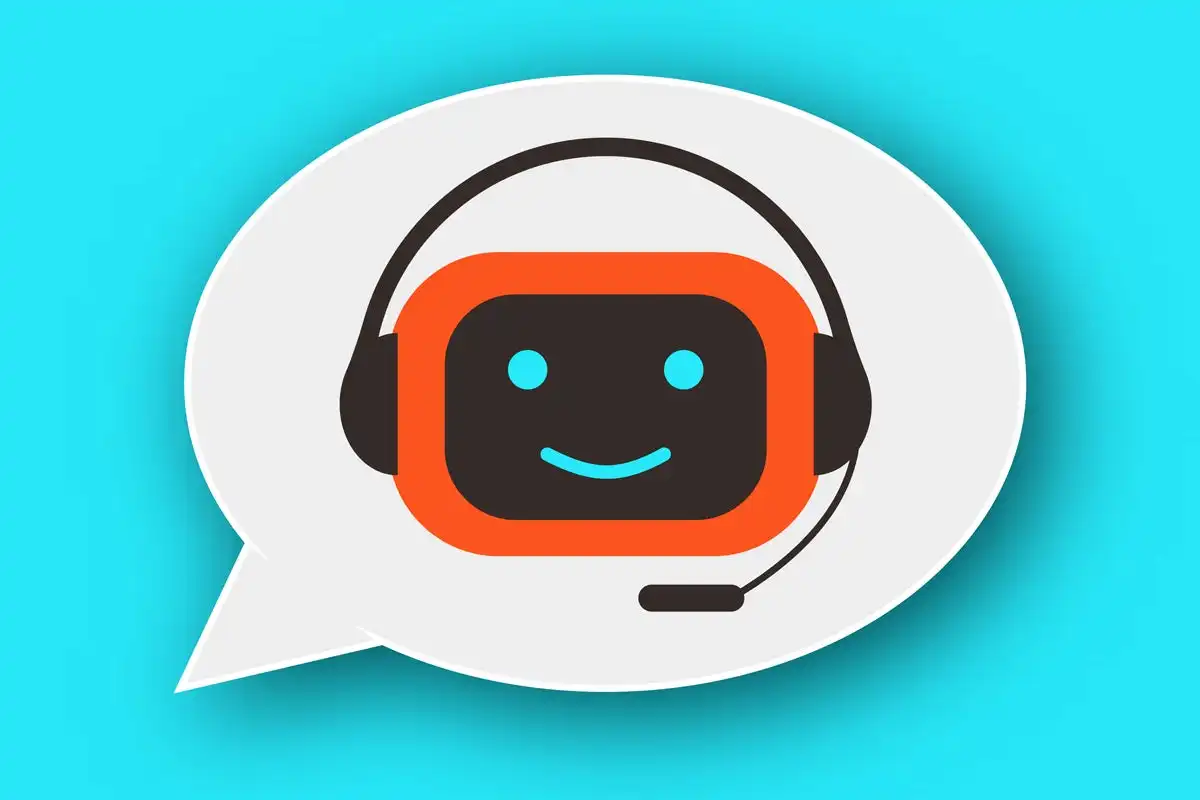Smartening Up Cities with IoT: From Traffic to Energy!
The Internet of Things (IoT) has become a game-changing technology in many fields, and it’s transforming the way we live and work. One of the most exciting areas where IoT is making a significant impact is in cities. Cities are the heart of modern societies, and IoT is helping them to become smarter, safer, and more efficient places to live. In this article, we’ll explore how IoT is revolutionizing cities and making them smarter and safer by focusing on two of its most significant applications: traffic management and energy conservation.
Revolutionizing Cities with IoT: Making Them Smarter and Safer!
IoT is making cities smarter and safer by providing real-time data about traffic, air quality, noise levels, and more. This data helps city planners and managers to make informed decisions about how to manage and optimize city services, reduce traffic congestion, and improve the quality of life for citizens. For example, IoT-powered traffic management systems can adjust traffic signals in real-time based on traffic flow, reducing congestion and improving safety. Similarly, IoT sensors can monitor air quality and noise levels, alerting authorities to potential health hazards and allowing them to take action to mitigate them.
Moreover, IoT is also helping cities to become safer by improving emergency response times. IoT sensors can detect fires, floods, and other emergencies, and alert emergency responders instantly. This real-time data can help emergency responders to arrive at the scene faster, potentially saving lives and reducing property damage.
From Traffic Jams to Energy Conservation: IoT’s Impact on Cities!
IoT is not only revolutionizing traffic management but also energy conservation in cities. Smart homes and buildings are becoming increasingly popular, and IoT is helping to make them even smarter. IoT sensors can monitor energy usage in real-time, allowing building managers to adjust lighting, heating, and cooling systems to optimize energy usage and reduce costs. Furthermore, IoT-powered smart grids can balance supply and demand for electricity, reducing the strain on power grids and preventing blackouts.
In addition, IoT is helping cities to conserve water, one of our most precious resources. IoT sensors can monitor water usage in real-time, alerting authorities to leaks and other issues before they become major problems. This data can help cities to optimize their water usage and reduce waste, saving money and conserving resources.
Cities are the engines of our modern society, and IoT is helping to make them smarter, safer, and more efficient. By revolutionizing traffic management and energy conservation, IoT is transforming the way we live and work in cities. With IoT, we can look forward to a more sustainable and connected future, with cities that are not only smarter but also safer and more enjoyable places to live.
